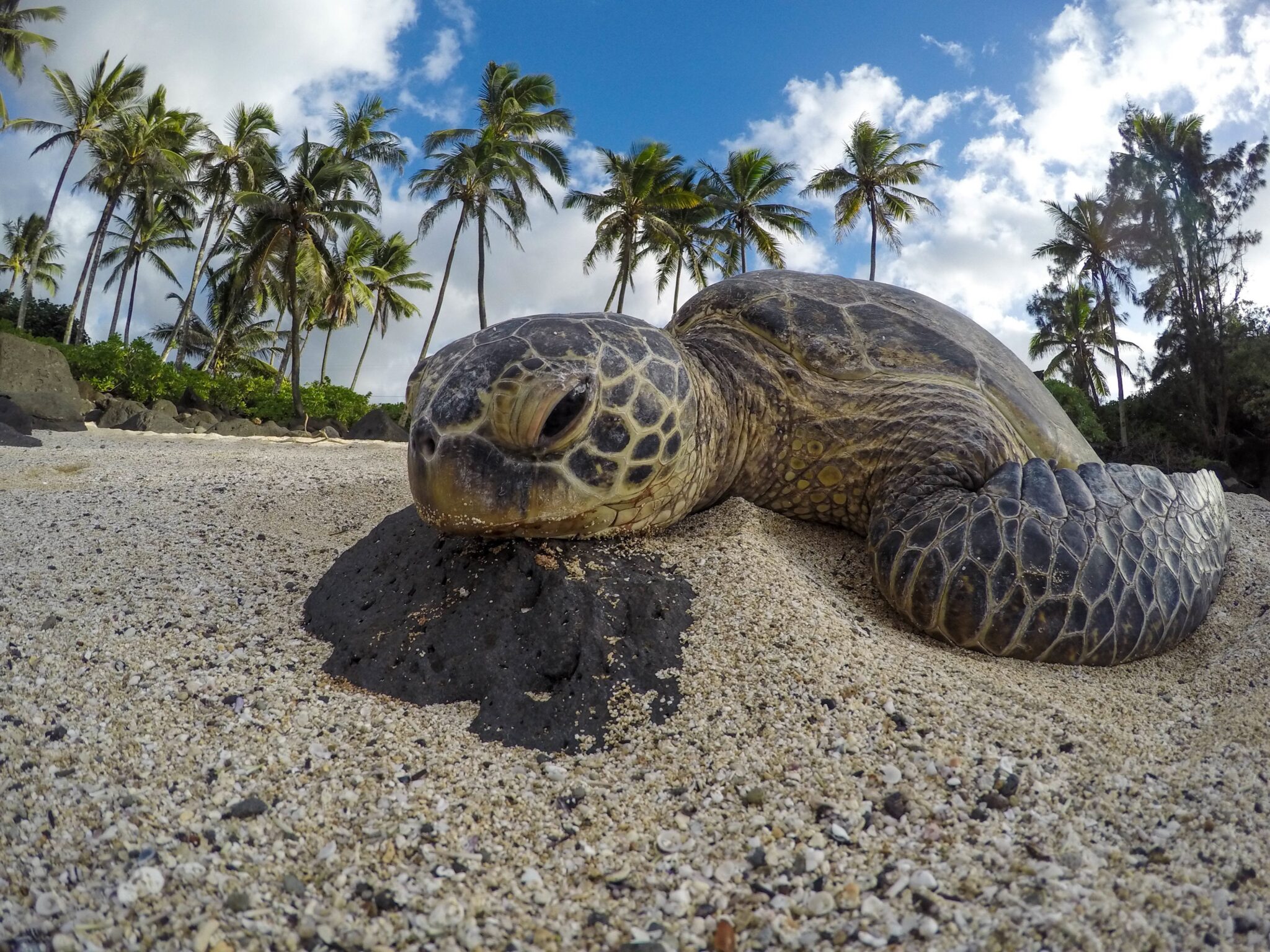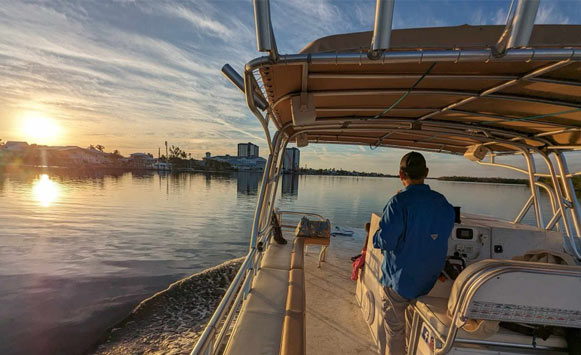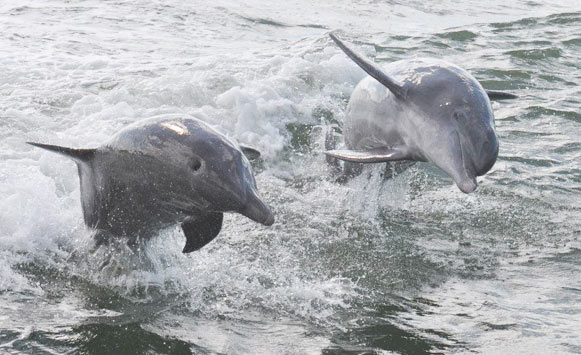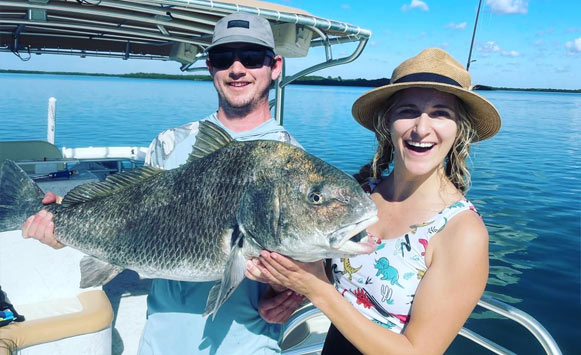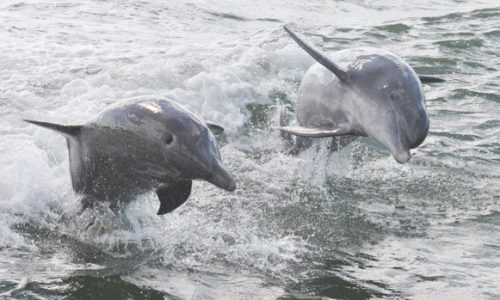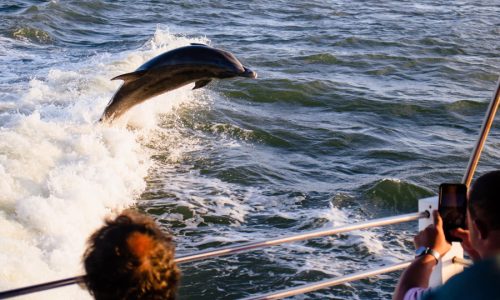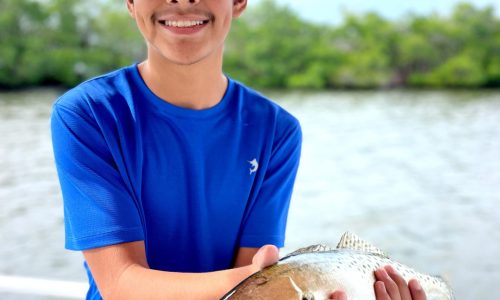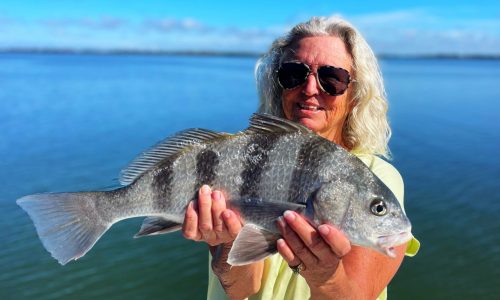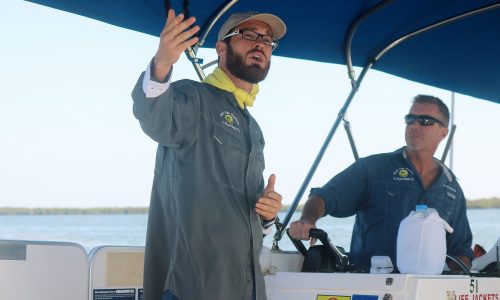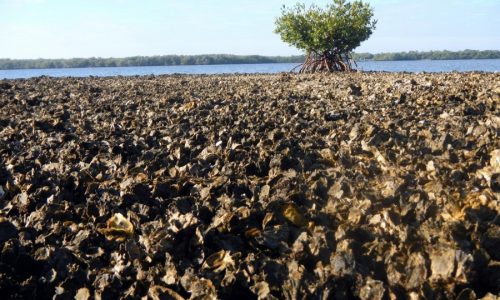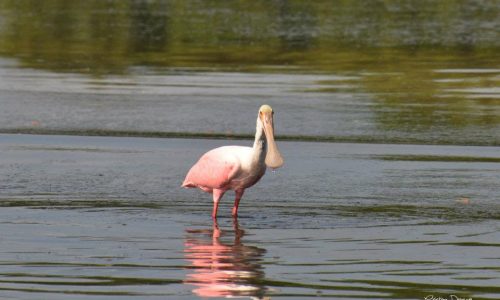Sea Turtle Nesting Season
It’s that time of year again, Sea Turtle Nesting Season! Starting on May 1st, these gentle sea creatures emerge from the waters of the Gulf of Mexico and make their way to shore to lay their eggs. Nearly 90% of all sea turtle nests in the United States are located along the shores of the state of Florida!
After a sea turtle has chosen the perfect location for their nest, the female turtle will dig a hole and lay up to 100 eggs inside of her nest. If the nest is in an area that will remain completely untouched by humans or other animals, the hatchling turtles will race back into the Gulf of Mexico before they become snacks for local predators.
There a quite a few species of sea turtle that lay their nests in our gulf sand. Loggerhead turtles, green turtles, the appropriately named Hawksbill turtle, the Kemp’s Ridley turtle and the Leatherback turtle are all annually returning visitors.
Unfortunately, wildlife is not the main threat to the hatching sea turtles, beach visitors and beach development can harm turtles greatly. For this reason, all the sea turtles that nest in the United States and along our Floridian shores are listed as endangered or threatened, which in turn has resulted in the creation of laws that prohibit harming, harassing and killing a sea turtle.
The best way to avoid disturbing a turtle or a turtle nest, is to stay away. If you visit the beach, you will notice small rectangular areas sectioned off by plywood and tape, these mark the location of a turtle nest. Do not approach or destroy the nest markers. If you do, you will find yourself in trouble with the law. Also, as many of our local hotels and resorts will tell you, close the blinds and drapes in your ocean front rooms to eliminate ambient light that may confuse hatchlings as they make their way to the water. Also, please do not use flashlights at night for the same reason. If you spot an adult turtle or hatchling, do not use flash photography and do not approach the animal. One of the easiest ways to protect turtles and all other sea life is to remove all of your trash from the beach. Plastic bags and plastic straws have devastating impacts on our sea turtles and other wildlife. Please consider using reusable beach bags and paper straws, or just go without a straw.
Sea turtles are an important part of our ocean ecosystem and it is our duty to protect these creatures from extinction. Though rare, you never know when we might catch a glimpse of one our tours!

